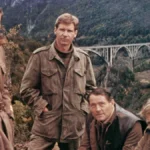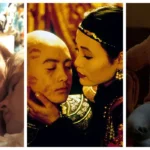DUNE – 6 most SPECTACULAR scenes from the two parts of the science fiction hit
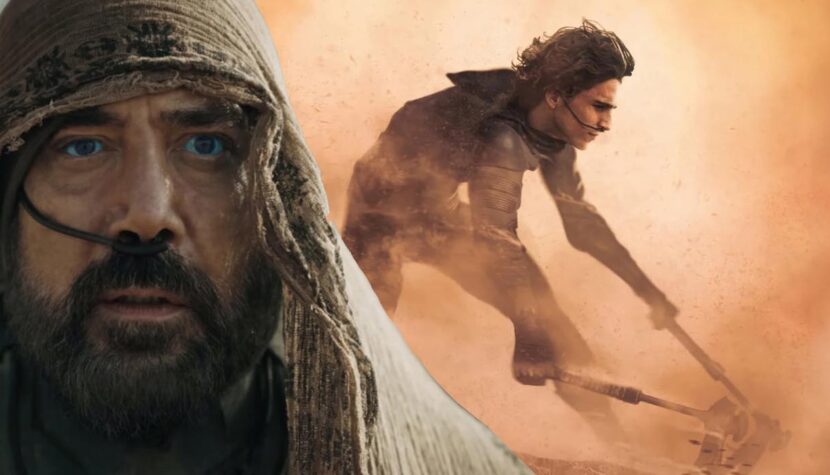
One of the reasons for the excellent performance of the second part of Dune in cinemas is that it’s a film perfectly suited for the big screen. It’s a spectacle by definition. Just like in the first installment of the Paul Atreides story, this time we are presented with a collection of breathtaking, incredibly spectacular scenes that can be enjoyed independently of the plot. Many shots in Dune, thanks to the perfect work of the cinematographer, could be framed and hung on the wall. And there are many scenes that one could watch endlessly. Here’s my subjective list of the best fragments of the Dune movie.
Dune, Gom Jabbar
From the first part of Dune, I particularly enjoy those subtle scenes where one can sense the building tension. Each appearance of Baron Harkonnen is saturated with this feeling. As for Paul, his journey is long and winding, and one of the most important moments and tests of the character’s maturity is the Gom Jabbar trial. It’s a significant element of the book, and Denis Villeneuve ensured it remained crucial in the film, infusing it with a horror-like atmosphere. The scene of confrontation between Paul and the Reverend Mother, subjecting him to a deadly test, brims with emotion. While Lady Jessica’s heart is breaking behind the door, Paul must endure unimaginable pain, felt just after he willingly placed his hand in the mysterious box. One wrong move and he could lose his life, a weighty moment that the viewer keenly feels, thanks to the vivid and emotional performance by Timothée Chalamet.
Related:
Dune: Part Two, opening sequence in the desert
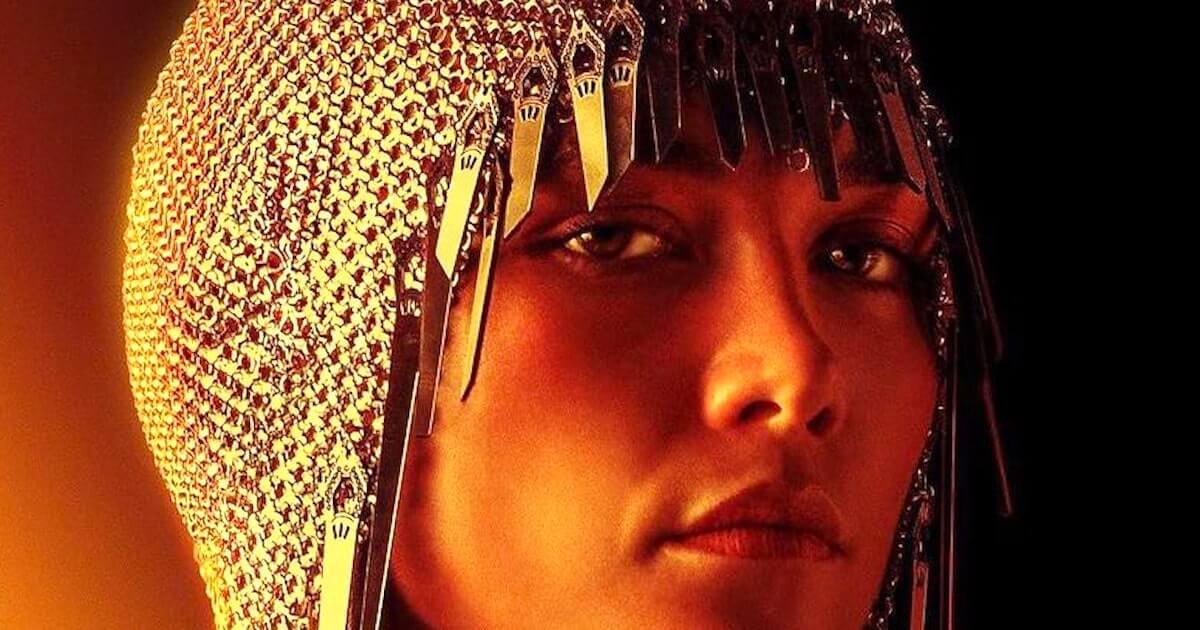
It’s the perfect compensation for the time spent waiting for the spectacle’s premiere. Expectations were high for the second part of Dune, and so was the tension before the screening. How would Villeneuve reopen this story? Softly or with a bang? He chose the latter, and it was a very good decision. I had two associations with this scene. The first seconds of the film, when Florence Pugh introduces us to the plot with her voice, simultaneously showing the crumbling world under the rule of the Harkonnens, reminded me of Sarah Connor’s voice from Terminator, narrating the robot apocalypse. The second association is with The Dark Knight Rises and the opening scene in the plane involving Bane. The tension, pace, and dynamism of that scene resonated with the guerrilla skirmish between the Fremen and the Harkonnens. Quietly, in white gloves, but with impact and power. Hans Zimmer’s music accentuated the significance of it all. And when one of the Harkonnen soldiers starts to fly, everything becomes clear – we are in for the right screening.
Dune, sparring with Gurney Halleck
I remember this being one of the first scenes released as a promotional clip for the film, even before the official trailer. And I also remember being greatly impressed by it. The meeting is perfectly arranged. Young Paul Atreides learns fencing first on his own, then is surprised by the appearance of Gurney Halleck, his mentor, who has come to give him an impromptu lesson. At first, there is a sharp exchange of words, then a well-coordinated clash ensues. There comes a moment when Gurney provokes Paul by loudly making him understand that his lack of mood for a fight at the moment doesn’t matter. In a fight, the concept of well-being doesn’t exist; if necessary, one must scratch the walls with claws to preserve life. This scene is meant to convey just that and somewhat awaken in young Paul an awareness that in the future he may face such ruthless danger.
Dune: Part Two, riding the sandworm
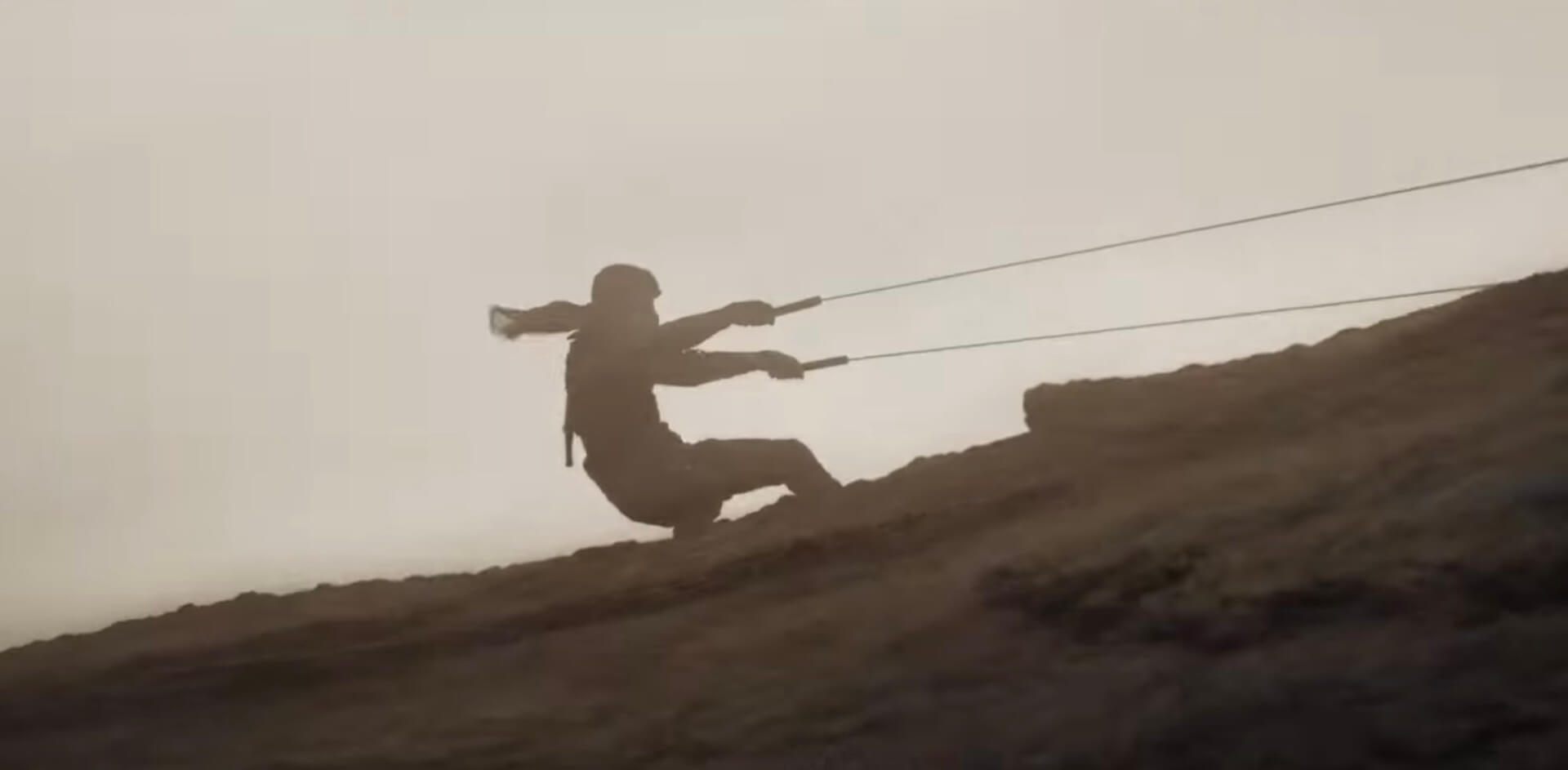
I’m not sure if there is a more important moment in the context of these two films. One could argue about it, as to how significant it was in the book, but from what I remember, this moment had a broad reflection on the pages of Dune. You can feel the meticulousness of capturing the spirit of this scene and emphasizing its significant importance for the story of Paul Muad’Dib Atreides, who at this very moment adds a substantial brick to the monument he is building for himself. This scene, whose character we know well, as it depicts a hero undergoing a ritual initiation. Through Zimmer’s music, we quickly realize that we are dealing with neither an ordinary hero nor an ordinary initiation. The spectacular staging, excellent editing, and the challenge posed by the worm, which despite everything can be tamed, all contribute to the success of this scene. Despite knowing how it will likely end, we watch it with unsettling uncertainty about Paul’s fate.
Dune: Part Two, Feyd-Rautha fights in the arena like a gladiator
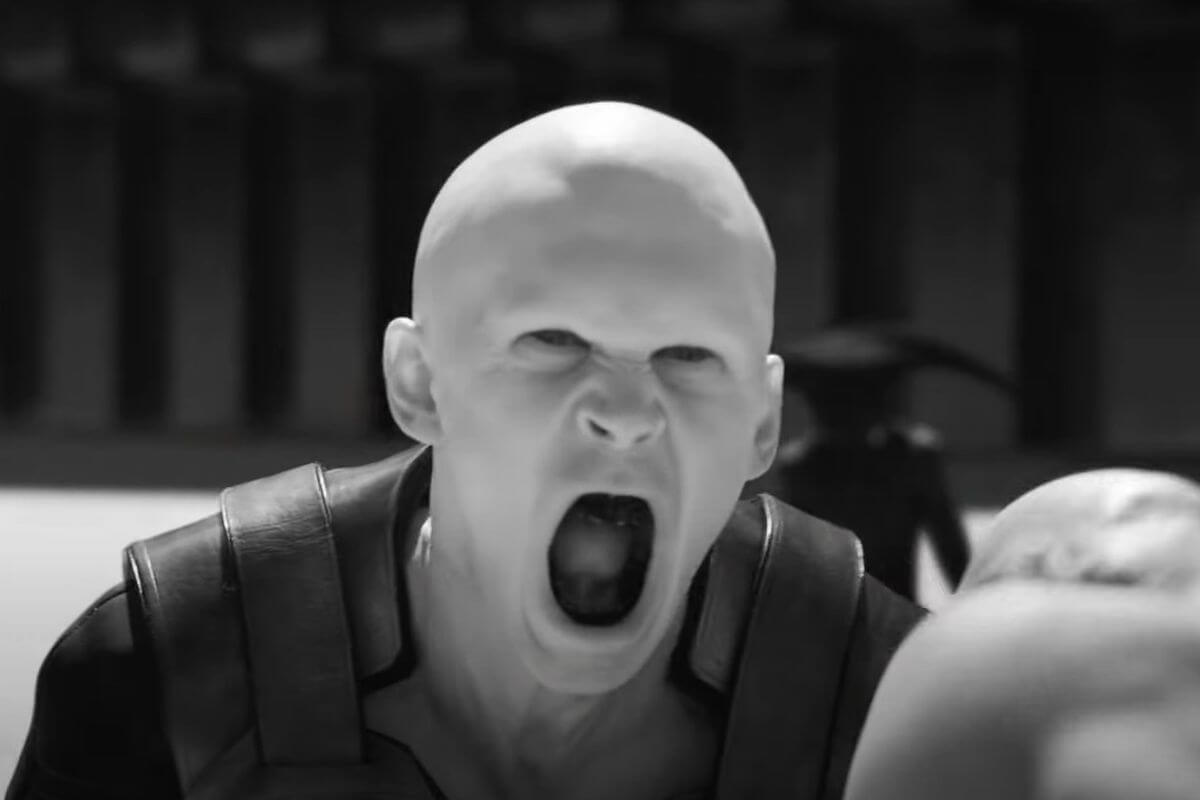
I was surprised at how easily I bought into this character and his rather, let’s admit it, banal exposition. Banal in the sense that if someone is evil, it means they must be presented in the worst light – as a ruthless murderer. This arena scene was simply meant to be the moment from which the audience understands that Feyd-Rautha is not someone to mess with, although at the same time, knowing the content of the book, we knew that a confrontation with him would soon occur at the highest level. Villeneuve, however, once again proved that what matters most to him is creating a spectacle. This scene is the quintessence of that principle. The main villain of the second part of Dune enters the arena and, with the approval of the audience, demonstrates his strength by eliminating his enemies. Baron Harkonnen, however, wouldn’t be himself if he didn’t take advantage of this moment to raise the bar a bit higher for his relative, risking his life. What was nothing but an attempt on his life is reduced to the level of the final test that Feyd simply had to pass. As we see, not only he in this story must undergo trials.
Dune, the first appearance of the sandworm
There’s something mystical about Paul’s contact with the sandworms. They embody the strength of this mysterious, sandy planet; a strength that Paul fears so much and yet diligently learns. Whenever a worm appears, even in mention, it evokes fear and respect, strongly reminiscent of reverence. The worm, importantly emphasized, also serves as a guardian of the spice, the most precious resource over which conflicts rage. It’s not surprising then that the creature accompanies the hero in the aforementioned final trial. Additionally, the first film was constructed in such a way that it has two climactic moments. One is the death of Leto Atreides and the change in Paul Atreides’s motivation. After this moment, the narrative becomes somewhat tranquil until the fight with Jamis. Somewhere in between, an incredibly important scene is placed, serving somewhat as a symbol. I’m referring to the first confrontation with the sandworm, the unveiling of the creature in all its glory. Throughout the film, tension related to when and how the worms will be presented grows almost as a subplot. When we finally learn about them, one might argue that the director dimmed the scene a bit, but this dissatisfaction works in favor of the exceptional nature of this moment because it emphasizes the mystery of the desert creature, its majesty, and Paul’s “smallness” at that moment of his evolution.



